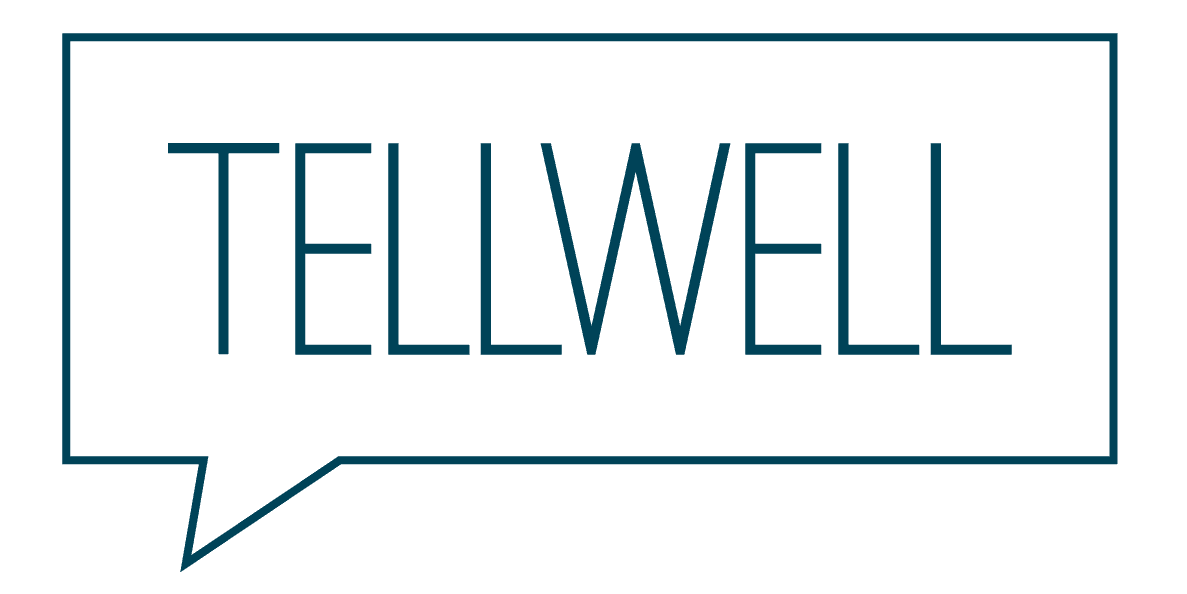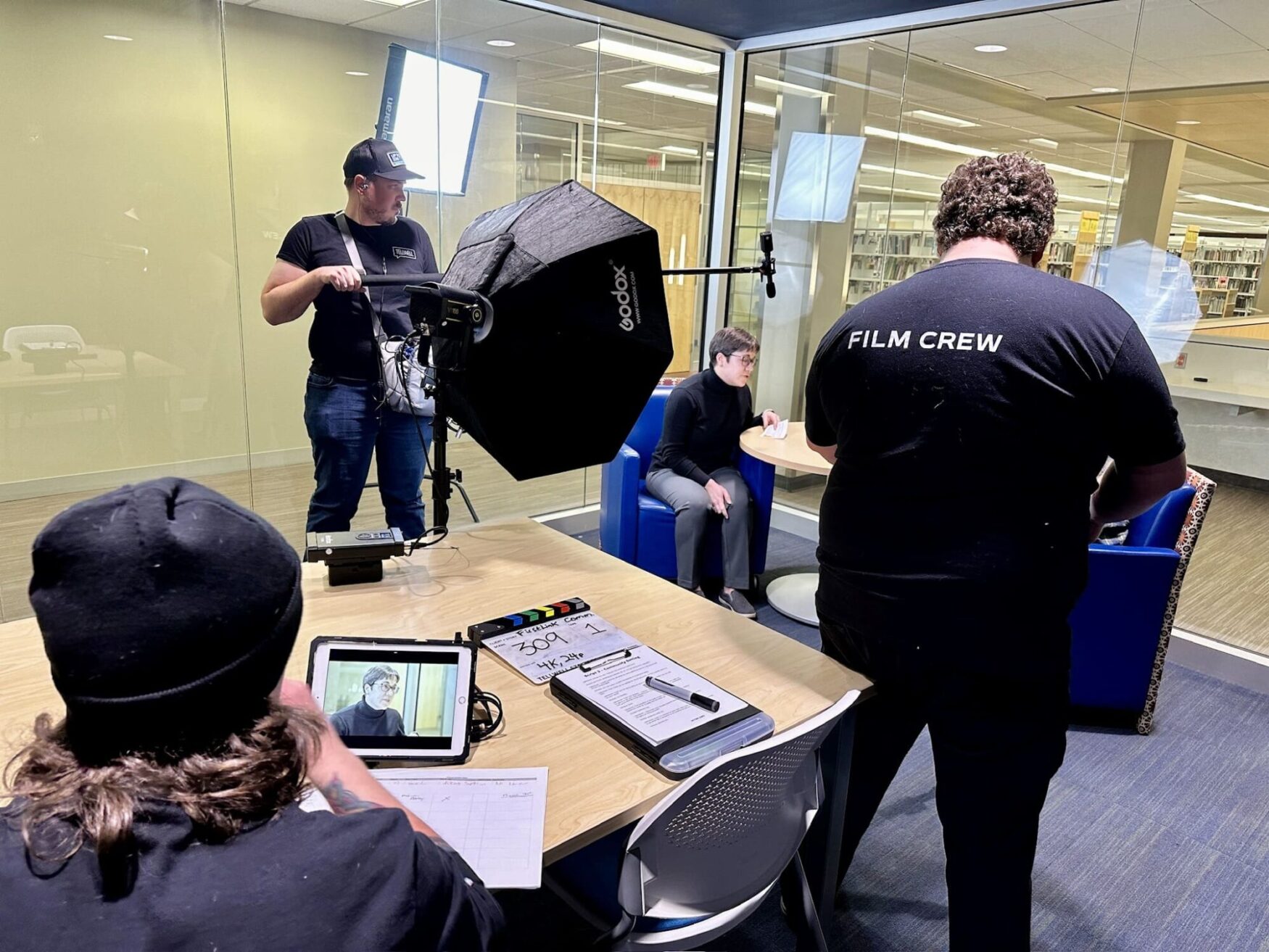Social is the most genuine way to tell the story of your organization and it’s people – and no organization should go without using social profiles. Though advertising on social was once a very simple and free process, the tides have turned.
In recent years, marketing with strictly organic content has become far less efficient. This slump is a combination of the desire of social platforms to profit from advertisers and the saturation of businesses on social.
Because there is a change in the status quo, businesses are choosing to adjust their social marketing strategies with dueling approaches: paid and organic. Which is best for your organization?
What is the difference between organic and paid social media marketing?
Building social followers, subscribers and an online community through the sole use of high-quality posts is, essentially, organic social marketing. When you interact with your community of people who comment and share the posts, it is also a form of organic marketing. When posts are relevant and valuable to followers, this organic approach can prove successful.
However, creating content that resonates with your community through organic social marketing is labor-intensive and time-consuming. While it does lend authority to your page, reaching new community members is more difficult than ever before. Far too often, people waste valuable time and resources creating content that never reaches their target demographic. Social platforms are constantly changing the algorithms for how content is displayed, which makes it difficult to stay on top
To avoid this shuffle and continue to build your community, many leaders are turning to paid social advertising. It may sound like businesses are purchasing commercial space on social and taking over timelines and newsfeeds with advertisements, but this perception is a misnomer.
Paid social advertising is commonly referred to as as sponsored content. To ‘sponsor’ a post, business owners write posts and attach photos or videos as they normally would. Before or shortly after posting new content, they are given the opportunity to target certain demographic groups and pay the respective social platform to place their post where those new people will see it. Once new likes begin rolling in, page administrators can post information about promotions and special offers. Placing a paid advertisement on social is also an effective route. Most users view social ads as more honest and less invasive than traditional advertising because the content is typically tailored to their specific interests or connections.
Real Life Example
FirstLink, a local non-profit that operates 2-1-1 and Suicide Lifeline, partnered with Team Tellwell to strategize, design, and execute a social campaign about suicide prevention. Our teams employed a combination of organic and sponsored content to reach as wide of an audience as possible with these important messages. Despite a very active and engaged social community, FirstLink was still only reaching, on average, 25% of their total audience.
So what did we do?
We took beautiful imagery, a powerful message, and $100 and reached an audience of just under 10,000 people. We targeted to personas who are more likely thinking about suicide. This one post brought 125 people to the suicide prevention landing page equipped with the click-to-call lifeline number which put those 125 people directly in touch with professionals ready to listen.
Which is best?
A strategic combination of organic and paid advertising works best. Page administrators can post valuable content that is engaging to readers to build loyalty and trust. If the content resonates with the target audience, it has the possibility of being shared in the right circles, bringing in new community members without paying.
Sponsored content can also appear as advertisements to get new page likes, launch a promotional event during slow times, or work on a continuous build-up of followers. To reach more new readers quickly, sponsored posts are the most effective.
Organic and paid social marketing possess different benefits, but organizations need a combination of both to make their campaigns work and maximize marketing dollars. Though it is apparent paid advertising and posts are the way of the present, organic marketing is still an integral piece of a comprehensive social strategy.


